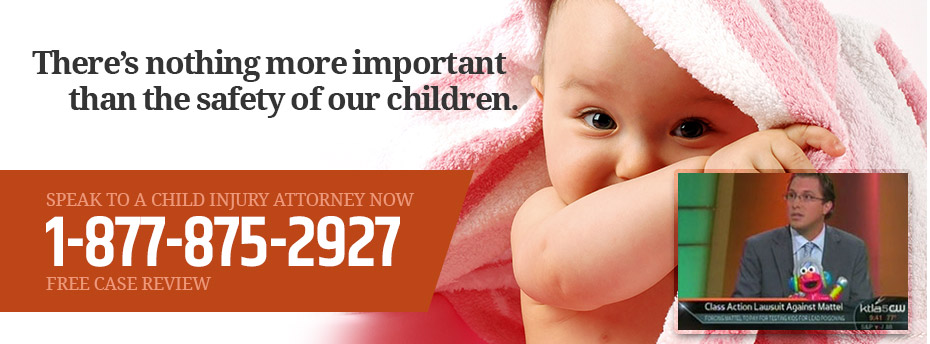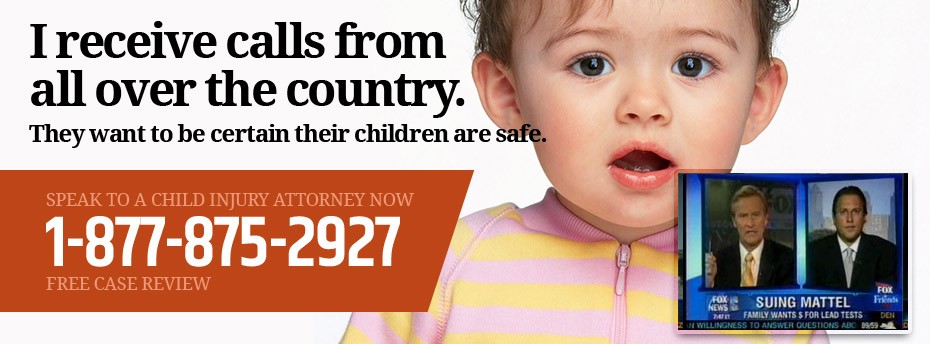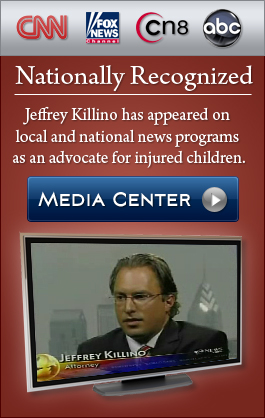While babies, toddlers, young children, and teens account for a significant portion of emergency room visits in the United States, too many of the ERs remain ill-prepared to treat pediatric patients, a state of affairs that is costing kids their lives.
Child Injury Attorney Jeffrey Killino is recognized nationwide for his dedicated pursuit of justice on behalf of children needlessly injured and tragically killed as a result of medical malpractice and other forms of negligence. If you believe your son or daughter was hurt or died because of an inadequately prepared emergency room, please call our law firm toll-free at 877-875-2927 to speak with an attorney and learn more about your legal rights.
Study: ER Pediatric Readiness Could Have Prevented 1,400 Child Deaths
More than 30 million kids are rushed to the ER every year.
Yet according to the Wall Street Journal, only about 14% of hospital emergency departments nationwide have actually been certified to treat pediatric patients or specialize in treating children.
“Many emergency doctors don’t treat enough children to be able to spot life-threatening illnesses obscured by run-of-the-mill symptoms, or conditions more common in kids,” the Journal report states. “Some E.R. staff default to drug doses and protocols meant for adults and either don’t have or don’t know where to find child-size gear in a crisis.”
To see what type of impact ER pediatric readiness could have on child survival rates, researchers led by Craig Newgard, MD, MPH, director of the Center for Policy and Research in Emergency Medicine (CPREM), conducted a six-year study involving nearly 800,000 children treated in 983 ERs nationwide. They ultimately determined that more than 1,400 deaths could have been prevented if hospital emergency departments had adopted readiness standards, as defined by the National Pediatric Readiness Project (NPRP).
They also found that children with injuries treated in high-readiness emergency departments had a 60% lower chance of dying, while those with an illness had a 76% lower chance of dying. Among a subset of 545,921 kids followed up beyond hospitalization, the benefit of high-readiness EDs persisted for a full year.
The most common deficiencies noted among ERs that had not adopted the NPRP’s standards included the lack of a pediatric emergency care coordinator, pediatric-specific quality improvement plan, and pediatric disaster preparedness plan.
Pediatric Readiness Failure Is a Long-Standing Problem
The results of this latest study obviously will shock many parents.
But according to The Wall Street Journal, doctors, hospitals and policymakers have known – and warned of – the widespread failure of pediatric readiness among emergency departments for decades. Most hospitals simply haven’t acted to address the problem.
To make matters worse, parents and caregivers can find it challenging to determine an ER’s level of pediatric readiness. While more than 70% of emergency departments have completed a federally funded pediatric readiness assessment, results for individual hospitals are confidential. Only 25 states have programs to assess ER pediatric readiness, but not all make their findings available to the public.
Requirements to attain some level of pediatric readiness certification can also vary greatly. In fact, some hospitals reviewed by the Journal hadn’t done much more than identify weaknesses and promise improvements.
Not every hospital emergency room can be expected to offer the state-of-the-art pediatric expertise typical of a children’s hospital. But there are simple steps hospitals should take to ensure their ER is ready to care for kids, such as tapping a doctor and a nurse to coordinate improvements, stocking appropriate supplies and training emergency staff to ensure their pediatric skills don’t become rusty.
Lack of Pediatric Readiness Contributes to Avoidable Death
According to a 2019 study, children are four times as likely to die in less-prepared emergency rooms, a heartbreaking scenario that has repeatedly played out in emergency rooms around the country.
One such case reported by the Journal occurred in 2020, when a 3-year-old girl had been suffering a seizure when an ambulance brought her to the emergency room at Ascension Seton Highland Lakes Hospital in Burnet, Texas. She needed to be intubated – a procedure that can be particularly tricky with kids due to their small airways. Because kids lose oxygen faster than adults, it’s critical that intubation of a child proceed quickly.
After a staff member handed the doctor a breathing tube sized for a small woman, the physician attempted to intubate with the large tube. The doctor tried repeatedly with smaller tubes and failed due to difficulty spotting the little girl’s airway. Hospital records also indicate the little girl was given adult drug doses, and it’s unclear if pediatric doses were even available.
Once the child was finally stabilized, she was flown to a children’s hospital in Austin. But her brain was already damaged, and she died in a matter of days.
According to The Wall Street Journal, most pediatric-readiness programs require hospitals to have the equipment, training and protocols necessary for intubating kids and other emergency procedures. But Highland Lakes wasn’t certified under a Texas program that recognizes facilities working to upgrade emergency care for kids.
Shocking, this wasn’t a first for the hospital. Twenty years earlier, a 6-year-old boy died from lack of oxygen after the Highland Lakes emergency team tried but failed to intubate him.
Taking Your Child to the Emergency Room
The Wall Street Journal put together a comprehensive, searchable list of hospitals nationwide (subscription required) that have received state certification of some level of readiness for pediatric emergencies. While it’s hard to believe, it appears to be the first such list in the nation.
In a serious emergency, you should always take your son or daughter to the closest hospital with an emergency room. If that’s a children’s hospital, head there. But if there are none in your area, plan ahead and use the Journal’s list to determine if there is a nearby pediatric-ready ER before you’re in a position to need one.
Should the time come that you must take your child to the ER – pediatric-ready or not – make sure to have the following information readily available when you arrive.
- Health insurance
- Your child’s primary pediatrician and any other doctors’ names and contact information
- Known allergies
- Past medical and surgical history
- List of current medications (including prescriptions, over-the-counter painkillers, homeopathic medicines, vitamins, and supplements)
- A chronological sequence of events leading to your child’s ER visit
- When your son or daughter last ate.
Remember that you are your child’s best advocate in the emergency room. Speak up if you believe your child is in pain or if you feel they are not ready to go home. Most importantly, don’t hesitate to ask questions or point out anything that causes concern.
Contact a Leading Child Injury Lawyer Today
As one of the nation’s leading child injury and wrongful death attorneys, Jeffrey Killino has the resources and knowledge to help injured kids and their families receive the compensation they deserve. If your son or daughter was hurt in an unprepared emergency room, please do not hesitate to contact us at 1-877-875-2927.





